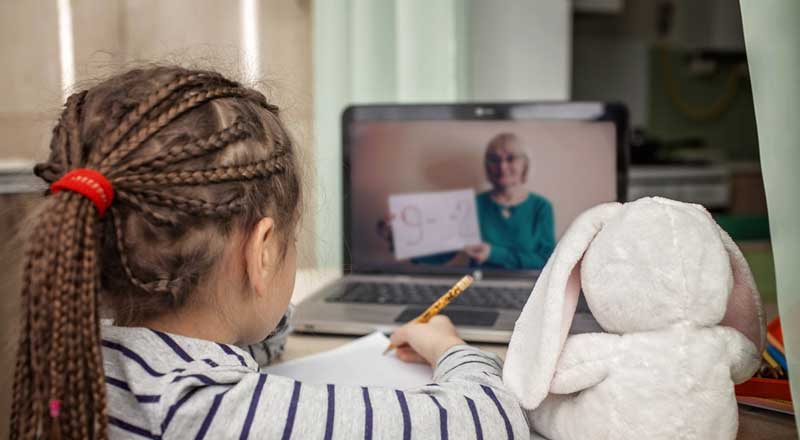It can be quite challenging to deal with the mood swings and unpredictable behavior characteristic of bipolar disorder. If your child suffers from this chemical imbalance–related disorder, you will likely have to become well-versed in behavior modification and exercise creativity when dealing with the challenges presented by this disorder. With consistency and dedication to the task, you can make the task of dealing with your child’s bipolar disorder a bit more manageable and help your child develop the coping skills necessary to navigate life with this mental illness.
Step 1
Obtain an official diagnosis. If you believe that your child exhibits characteristics of bipolar disorder, such as violent mood changes, high unpredictable behavior or heavy mood highs and lows, mention your concerns to your child’s doctor and ask that your child be tested for this disorder. This official diagnosis is vital, as without it, your child is not entitled to special services as a result of her mental illness.
Step 2
Protect the child from self injury. Remove objects that your child could use to hurt himself, such as knives, razors, scissors or lighters from places where your child can access them. While a child who is committed to injuring herself may still be able to find something with which to do this, keeping these tools out of her reach makes it harder for her to do this and may ensure that any energy she does inflict is not as severe.
Step 3
Chart your child’s moods. While some bipolar children are completely unpredictable, others follow relatively predictable behavioral patterns. Record your child’s behavior patterns in a notebook, writing the times at which he experiences any highs or lows. After collecting this data for several days, examine it to see if there is a pattern in her behavior. If there is, use this pattern to better plan outings with your child.
Step 4
Partner with a trusted mental health practitioner. Because bipolar is a very serious medical disorder, you should not try to go about treating this disorder solo. Instead, select a doctor to assist you in your attempts to overcome your child’s issues. Follow the guidance of this professional in creating a treatment plan for your child.
Step 5
Keep your child on his medication schedule. In many cases, bipolar disorder treatment plans include the administering of medication. If your child’s plan includes medicine, give this medicine to him consistently to ensure optimal effectiveness.
Step 6
Create an educational plan with the assistance of your child’s school’s special education coordinator. If your child is diagnosed with bipolar disorder, he is entitled to having an Individualized Education Plan tailored to him. Work with officials at your child’s school to compose this plan and get your child the educational assistance he needs for school-place success.





